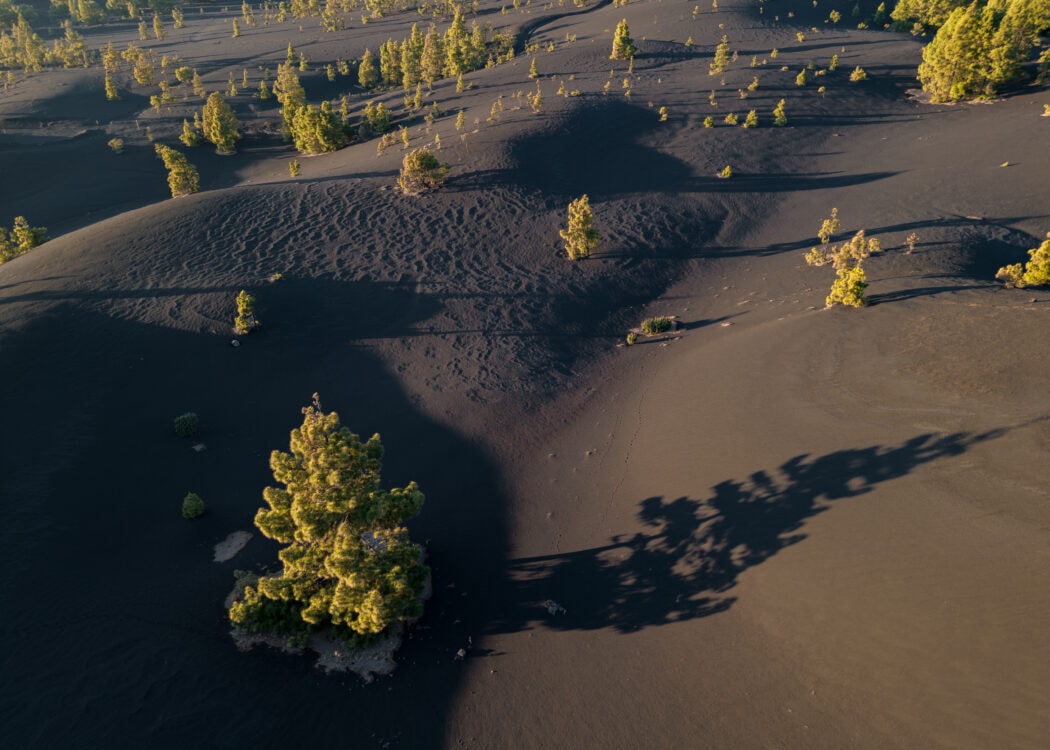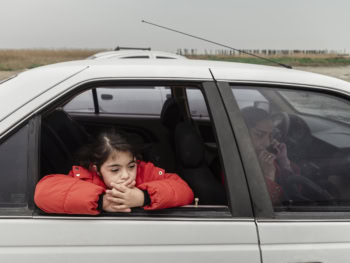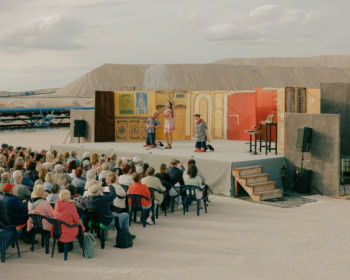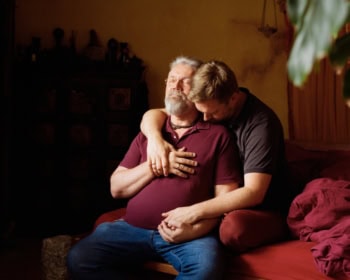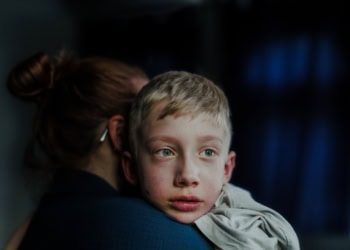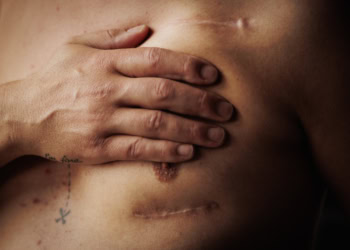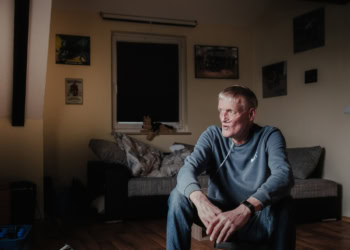La Isla Resiliente.
Constantin Rimpel is researching the effects of the volcanic eruption on La Palma in 2021 in his bachelor thesis.
On September 19, 2021 , a volcano will be born on the Canary Island of La Palma, which the islanders will later christen “Tajogaite” (split mountain). The eruption keeps the island in suspense for 85 days. The lava flow buries more than 1,300 residential buildings, 70 km of roads and hundreds of hectares of banana plantations in a densely populated area. More than 7,000 people are evacuated. Almost two years later, the effects of the longest volcanic eruption in the island’s history are still clearly noticeable. Not only in the landscape, but also in the people. Constantin Rimpel’s final thesis “La Isla Resiliente” questions: What are the opportunities after the tragedy? The lava flow may be slowly cooling, but some minds are still heated.
Constantin Rimpel, born in 1992 in Hamm, Westphalia, lives and works in Hanover as a photographer and project manager for a photo agency. Since 2015 he studied “Photojournalism and Documentary Photography” at the University of Applied Sciences and Arts Hanover and dealt in his work with the topic “perseverance” – be it in sports or in society. He found his way into project management through the organization of the “LUMIX Festival for Young Photojournalism” and an internship at “World Press Photo”.
